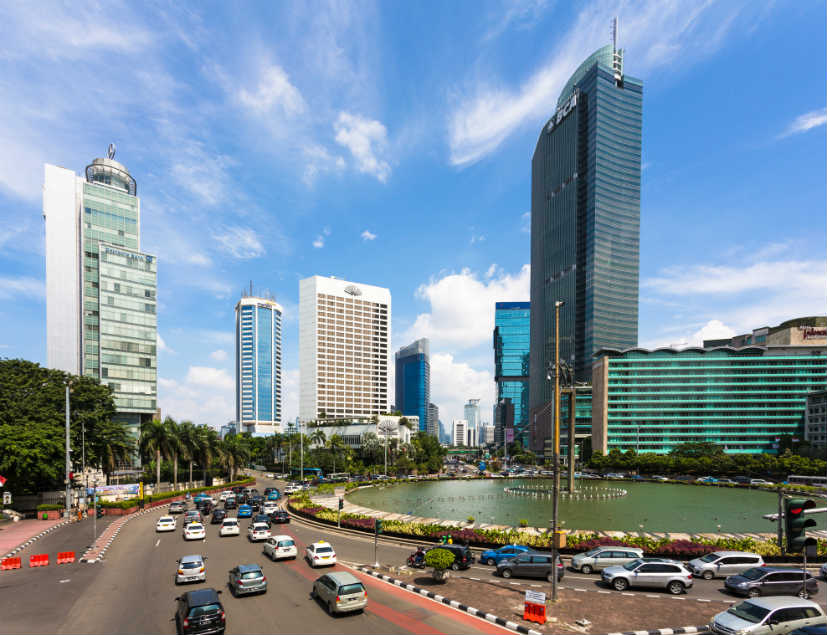In a bid to create a more business-friendly environment for foreign banks to invest in local lenders, Indonesia is planning to review its banking rules related to mergers.
The new Indonesia merger rules for banking will not make any distinction between foreign and local lenders. It will also amend the longstanding requirement that the acquiring banks have to merge all their local operations into one entity.
“The single presence policy will be flexible so that there’s consolidation and our banks become more efficient. Foreign banks are still interested in coming to Indonesia because the net interest margin is still high at around 5 percent,” Heru Kristiyana, commissioner for banking supervision at the Financial Services Authority told the media.
According to media reports, the Financial Service Authority will bring changes to the single presence policy. It was introduced back in 2006 as a way to push consolidation among its local banks. However, the policy was criticised by foreign businesses that were willing to expand their business in the country.
The government made changes in 2012, whereby it restricted foreign banks and financial institution’s holdings in local businesses to 40 percent. Similarly, the government allowed non-financial institutions and individuals to hold only 30 percent and 20 percent shares respectively. DBS Group abandoned its attempt to take over Danamon Bank during the same year, due to the change in policy.
Indonesia soon realised its mistake and amended the 40 percent policy. This led to Japan’s Mitsubishi UFJ Financial Group buying a stake in Danamon Bank. Also,Sumitomo Mitsui Financial Group’s decided to buy Bank Tabungan Pensiunan Nasional.
Despite the limitations, experts earlier this year predicted mergers and acquisitions in Indonesia to flourish. Foreign investors, especially from Southeast Asia, started to acquire local banks. In addition, big state-owned and private lenders have also shown interest in acquiring smaller ones.
Indonesia currently has 115 commercial banks; the country had 118 in 2015. With a population of more than 260 million, Indonesia is Southeast Asia’s biggest economy based on GDP value.
In 2019, Indonesia ranked 73rd in the list of World Bank’s ease of doing business chart. The country was ranked at 91st in 2017.


